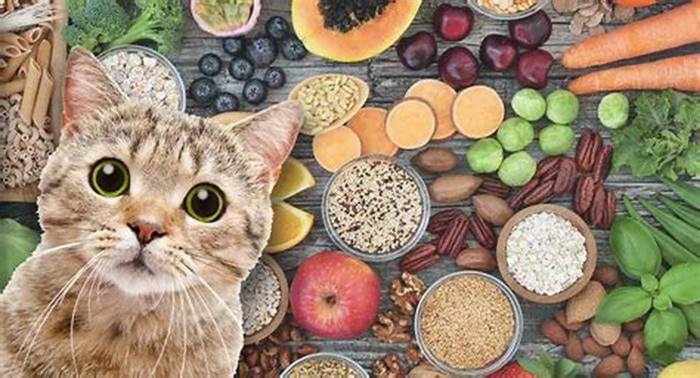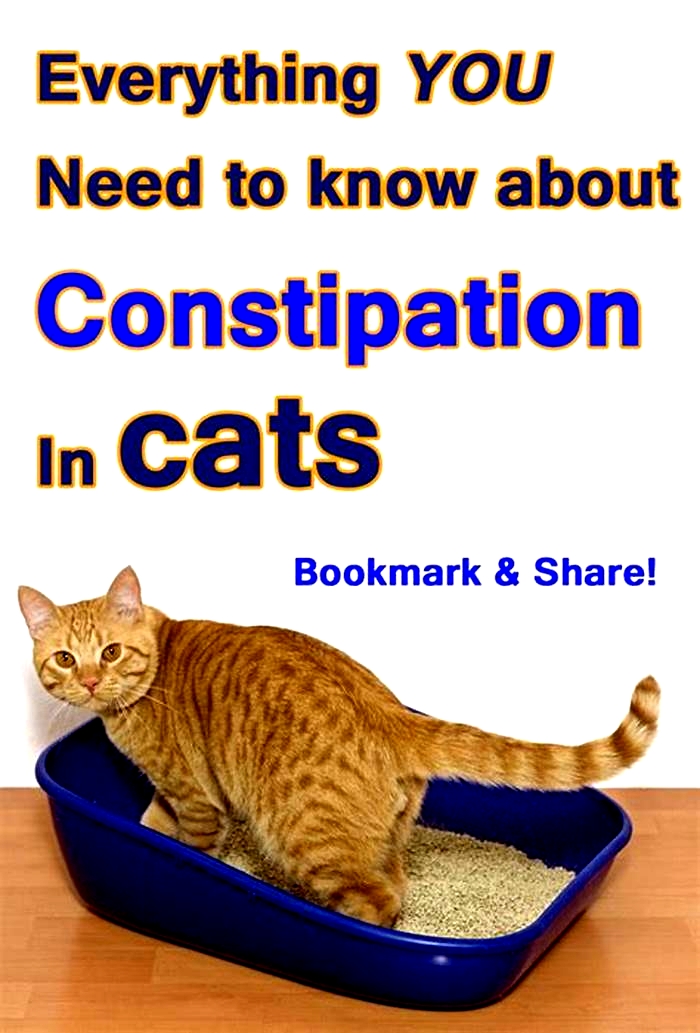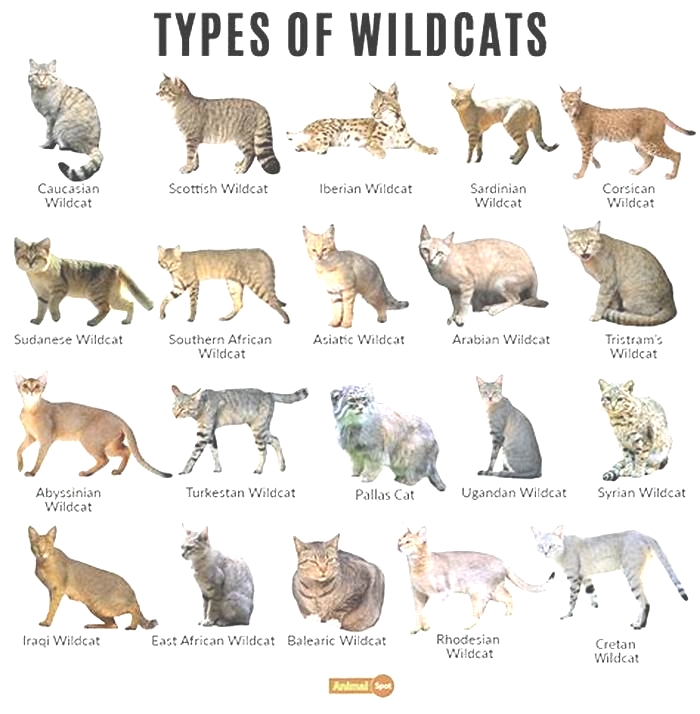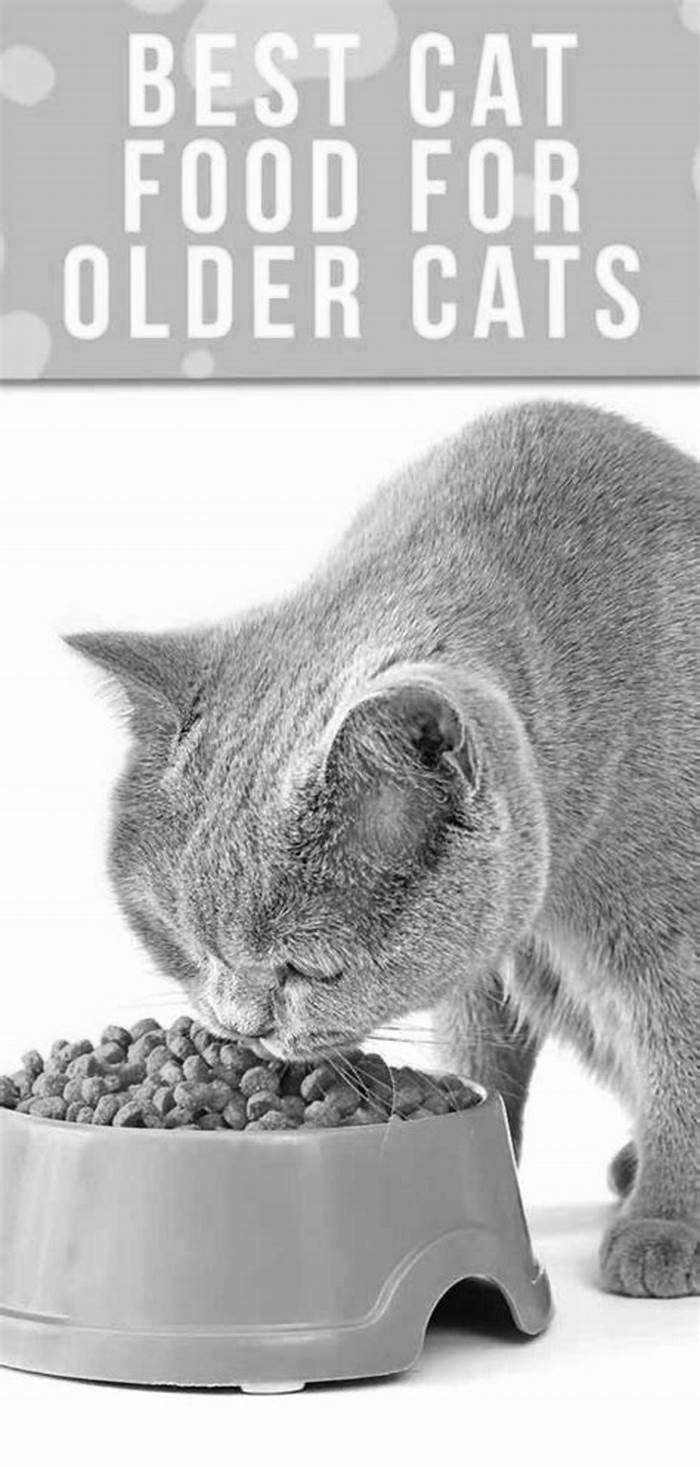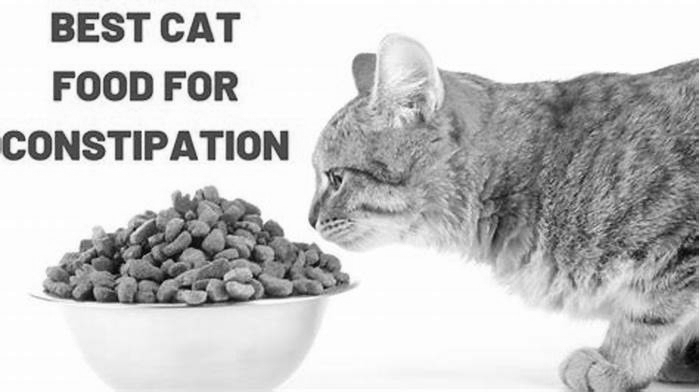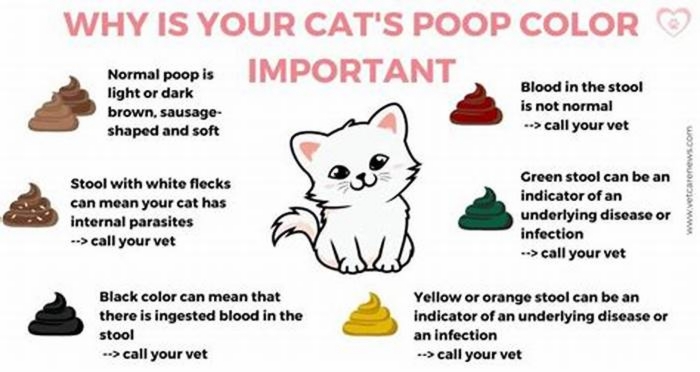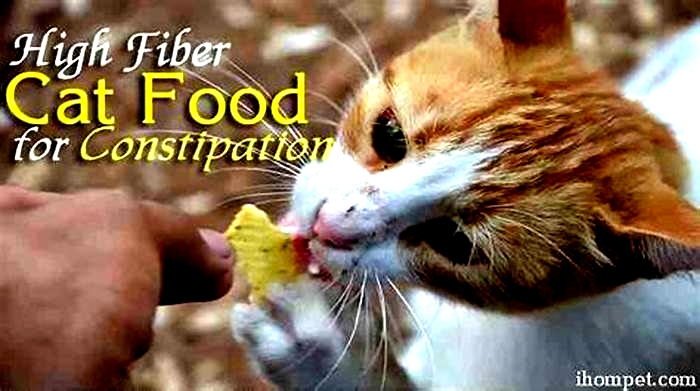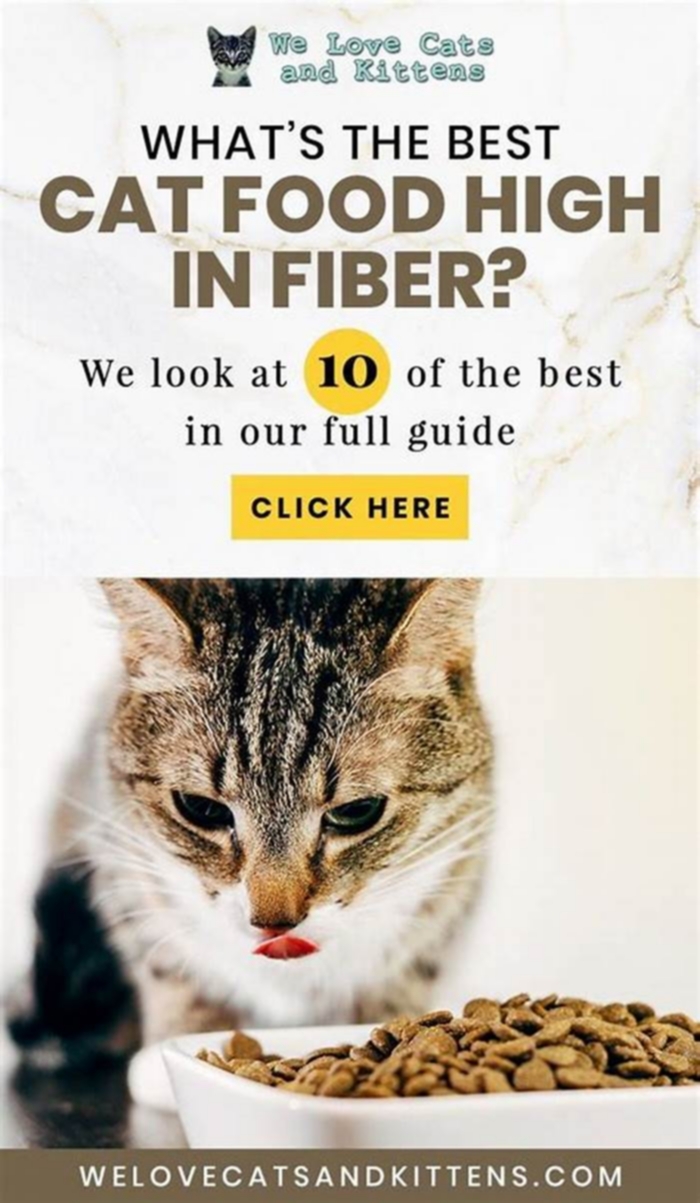Do cats need fiber to poop
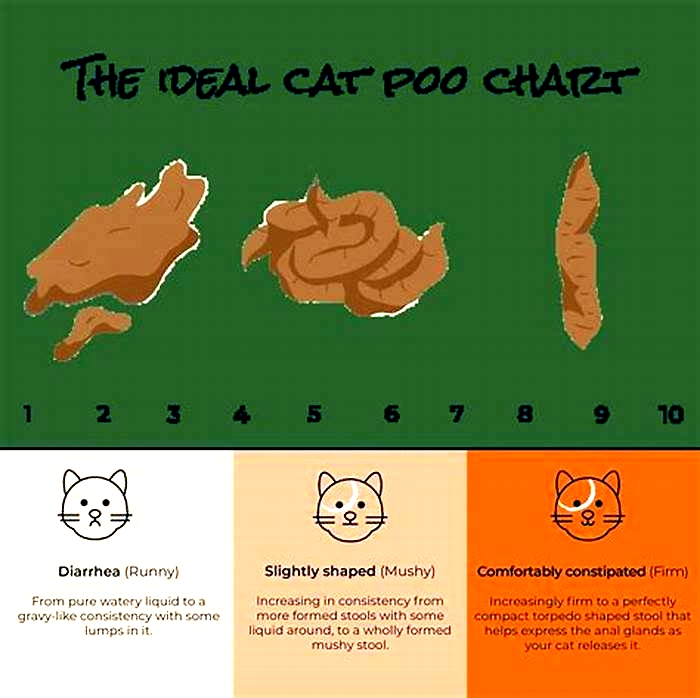
Do Cats Need Fiber, or It is Unnecessary?
As strict carnivores with a short digestive system, fiber isnt an essential dietary need for cats. Nevertheless, it plays various vital roles, such as managing diarrhea or constipation, maintaining gut health, weight loss, etc. Do these pets need fiber?
What is fiber
Dietary fiber, roughages, bulk, or fiber is a plant-based carbohydrate (polysaccharides and oligosaccharides) found in grains, legumes, fruits, and vegetables that cannot be digested into sugar molecules by a cats digestive system any mammal. It forms part of the cell wall and isnt found in animal flesh, hooves, hair, scales, feathers, or bones.
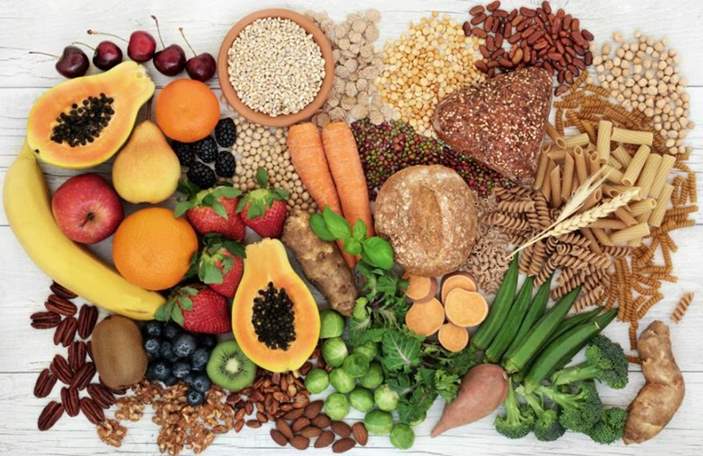
Roughages give plant cells rigidity, and it can be soluble (dissolves in water) such as pectins found in fruits, gums, inulin, beta-glucan, and some hemicellulose or insoluble like cellulose, lignin, and some hemicellulose.
You can also look at it viscous that thickens in water or non-viscous that doesnt thicken in water.
Finally, it can be fermentable (metabolized by gut microbiota to produce short-chain fatty acids SCFAs or non-fermentable not easily fermented or.
Do cats need fiber
Yes. Cats need fiber. While it is not one of their dietary requirements, it is vital, and they need a mixture of fermentable and non-fermentable.
The National Research Council (NRC) lists its role in weight loss, mild hyperglycemia (high blood sugar) but warns about the effect of excessive noting that cats have a small colon and a dysfunctional cecum.
A fecal matter study on 14 captive cheaters fed whole rabbits with far or supplemental beef without bones showed that those provided with whole rabbits have a more favorable fatty acid profile with reduced metabolic toxins levels. Cheetahs, like cats, are felids or strict carnivores.
Since whole rabbits have their indigestible fur, skin, nails, bones, and so on, it indicated that their role might be similar to those of dietary fiber. Therefore, while not the same, cartilage, bone, fur, tendons, feathers, and ligaments, which cats eat, make part of their intestinal fiber that plays a similar role as plant-based.
Similarly, as kitties eat their prey, they will eat tendons, bone collagen, cartilage, ligaments, fur, some feathers, and so on. Most of these are indigestible with a few partially digestible, and they may have a similar role as dietary roughages.
Additionally, while they eat it last, their prey gut contains some fiber from the grains, plants, or fruits that their prey may have eaten. However, some may already be partially digested.
However, they dont eat much of these stomach contents since, unlike dogs, they eat the intestinal tract last after eating the rest of the prey, thereby avoiding most of the gut content that includes plant material like fiber and grains.
Therefore, it is sound to note that cats require a smaller amount of fiber when compared to dogs since their digestive systems are much shorter than dogs
However, perhaps a more critical question of animal fiber can be substituted by plant-based, without a negative impact.
Cats adaptation and fiber
Cats are predators and prey. Since they lack stamina, they have a shorter lifespan and a higher infant mortality rate, and consequently, a lower survival rate. To survive, undergo induced ovulation (makes them get pregnant even while nursing since ovulation is externally derived from a stimulation just before or during mating.
Also, cats produce small not-so-smelly feces that they burry just as they do with urine to avoid attracting predators such as foxes, raccoons, skunks, coyotes, and opossums, bobcats, or weasels. Doesnt food with dietary fiber make the stool larger or smelly, and does it give the same benefits as animal ones? There is no study so far.
Finally, cats on a proper diet with the right fiber shouldnt have bulky like herbivores but small, firm, and segmented, not pelleted, patties, or rock hard.
Benefits
Unlike their wild cousins that depend on whole prey alone, you need to provide food for your kitties. Therefore, they may not benefit from the gut content of their prey or the so-called animal fibers. There is a need for their food to have some dietary fiber, probably a minimal amount, and some of the mentioned benefits include the following:
Therefore, most feline diet manufacturers for the wet, dry, or fresh add fiber couldnt be doing it just for the sake or need to save (fillers). Here are some benefits:
1. Digestion and gut health
Moderately fermentable fibers may support gut health and digestion, i.e., they will support gut microbiota, improve the digestibility of some nutrients, better stool bulk, and quality and boost immunity.
For instance, the inclusion of some prebiotic fibers (feed friendly bacteria or gut microbiota) like fructans, pectin, galactooligosaccharide (GOS), or fructooligosaccharide (FOS) will help boost their numbers as well as your felines microbiome (genetic material of all microbes living inside a cat body) health.
How? it is simple. As these microbiota feed on fermentable fibers, they will produce short fatty chain acids (SCFAs) like butyric acid and acetate, which have many benefits. Key among the benefits is providing nourishment (energy) to the cells lining the colon, maintaining the right gut pH, and health while reducing compounds that produce a foul odor. They also help in the production of B vitamins, vitamin K, among other benefits.
As their numbers of good bacteria increase, you will have a perfect good to bad gut microorganism balance. Otherwise, an overgrowth of the bad ones will be irritating and toxic to both the enteric nervous system and gut mucosal wall.
Without prebiotics, gut microbiota will decrease or translocate, which will comprise mucosal barrier roles. A healthy and robust gut wall creates a barrier that will ensure everything stays in the gut allowing only those that should be absorbed while letting the rest go out as feces. This way, your feline immunity will be enhanced.
2. Help with diarrhea and constipation
It reduces diarrhea and constipation, i.e., the soluble fibers like gum and pectin absorb water to solidify the stool and add bulk. Your cat will feel fuller and its slow digestion. This effect will increase transit times and reduce the severity of diarrhea.
On the other hand, since they hold water like a sponge without dissolving, insoluble fiber will add bulk, which helps stimulate peristalsis movements and keep stool moist to ensure things flow smoothly. A bulky stool is easier to pass.
Additionally, in constipation felines, consider having a water fountain to encourage your cat to drink more water and switch to wet or canned feline diets.
3. Diabetes
With about 0.25% of all cats in America type-2 diabetes (results from insulin resistance) and increasing numbers, fiber may help. While most studies (1, 2) have shown low-fiber and low carb diets do help, with one of the two studies showing a high-fiber diet improves insulin sensitivity but not well as low-fiber, low carb diets. Another research shows high insoluble fiber at 12% shows more success in controlling sugar levels,
All these studies seem to point to the influence that fiber has on diabetes. Since it slows down digestion, it will also slow down the rate at which glucose is absorbed, and this will prevent spikes in the blood sugar of diabetic cats.
4. Help in weight control
Cats, especially indoor ones, lead a sedentary lifestyle. They sleep more and are less active. This lifestyle predisposes them to obesity and weight gain. Due to their bulking nature, diets high in poorly fermentable fiber (indigestible) may help your pet feel full without consuming many calories. i.e., they dilute calories concentration of foods while increasing stool volume.
Also, they slow down digestion, meaning that your feline pal will not get hungry sooner. These two actions will help them manage weight. High fiber, low-fat diets may help feline with obesity and diabetes lose weight.
If used to manage weight, then ensure the specific food is high in protein, moderate in fats and low in highly digestible fats and has a considerable amount of fiber, not too much. Such a diet may promote a lead body mass without compromising on their overall health.
However, high fiber diets for weight loss should be used for a short time. Also, they shouldnt be abnormally high since the roughage may affect nutrient digestibility, cause dehydration, make the food less palatable. Otherwise, expect nutritional deficiencies and other detrimental effects.
Alternatively, consider diets high in protein, moisture, but low in fats if you want your kitty to lose weight. Keeping a proper weight is good for cardiovascular health.
5. Hairball control
As meticulous groomers, cats spend a lot of time grooming, and while doing so, they may ingest some far forming hairballs, which cause digestive upsets leading to them coughing up hairballs. Diets high in fiber may help in ensuring the hairballs move smoothly through the gastrointestinal tract.
However, some experts believe that the vomiting may not be due to ingesting fur but due to the dry kibbles, making it hard for the hairs to reach their stomachs. Their argument is based on the fact that diets on general diets upchuck fur more often than those that feed on quality canned diets.
6. Chronic renal failure help hypothesis
There is a hypothesis that fermentable fiber helps felines with chronic kidney failure as they will raise nitrogenous waste removal via feces, giving their kidney less task. The logic behind the idea is to reduce nitrogen absorbed without reducing protein content, which is traditionally done in felines with CKD. Studies need to confirm this hypothesis.
7. Anal sac unclogging
Cats use their anal glands or sacs to put their scent to other things as they mark their territory. Sometimes they may become blocked and very smelly. When blocked, they cause pain, scooting, anal licking, and so on.
Since it bulks feces, fiber may help manage clogged anal sacs, i.e., during defecation, the feces will press against the sacs to help open them. However, ensure your vet tells you the underlying problem.
Risks of excessive amounts
Overshadowed by the benefits, there is a temptation to give your felines diets much higher in fiber. Desist.
In the wild, typical cat prey, like a mouse, has about 0.55% dietary fiber. This amount implies that their digestive system isnt meant for diets high in roughages, including fermentable since they have a short colon. However, 0.55% doesnt include the fur, cartilage, bones, and so on.
Similarly, domestic cats can tolerate moderate fiber content with reasonable amounts being 1-4% of both the poorly, moderately, and highly fermentable ones. Otherwise, an excessive amount may cause the following issues:
- It may result in low efficiency of enzymes (reduces pancreatic enzymes use efficiency, yet cats already have a lower amount than other mammals). This reduced effectiveness may affect protein digestion, yet these pets have a higher need for proteins and taurine. More deficient taurine may cause heart failure or blindness and other gastrointestinal problems.
- Very high soluble fiber may cause dehydration (absorbs water), reduce the digestibility of proteins and other nutrients. At the same time, the highly fermentable and viscous may interfere with nutrient absorption as well as a loose stool. Being strict carnivores, they have a short digestion system which denies the ability to ferment a lot of fibers
- Higher insoluble fiber levels at about 15% lead to too much water loss through stool, causing constipation, large feces, besides affecting protein and nutrient digestibility.
- You may notice dry and flaky coats, huge stools since our feline pal has problems with digestion and assimilation of some essential nutrients.
- Reduced palatability, i.e., they may eat less since these pets tend to prefer diets that are high in fats and protein
Best fibers
The best fibers for your feline are moderately fermentable, like pea or soy fiber, brans, soy hulls, beet pulp (has pectin, cellulose, and hemicellulose), apple pomace, etcetera. They are moderately soluble, viscous, and fermentable) and will provide the necessary roughages without causing flatulence or excessive stool. However, avoid rice bran is known to increase the need for taurine.
You can also blend the slow fermenting such as cellulose, peanut hulls, and other hulls and husks with highly fermentable ones pectins and gums. Cellulose, FOS, pectin, -glucans, and fructans are all ok for kitties.
Crude fiber
The law requires pet food manufacturers to state their crude fiber, which is nothing other than the cellulose, pentosans, lignin, and so on that dont have any value besides the bulking effect that promotes peristalsis action in the gut.
They are the residue after food has been digested with alkali and acid and cannot give you the total amount of dietary fiber or quality.
Fiber supplements and treats
Felines that dont get enough in their diets for one reason may need fiber supplements, treats, or diets.
However, always talk to your vet for further guidance, especially in dosing. Why? The answer is simple. Each felines need will depend on their current diet, the fiber type you want to add, condition, size, unique situation, and form. Your vet will observe your pet and know whether to use a higher or lower roughage. If you are using online products, most come with the amount to use. However, still, talk to your vet first.
Supplements come in powdered form, you add to feline diets, especially wet ones. Going for unflavored will be a great choice since your pets wont detect them. For weight loss, any supplement with psyllium or inulin will help. At the same time, wheat brand and cellulose will help in bulking feces and prevent straining.
If you have picky eaters, consider flavored treats high in fiber. However, avoid those high in calories or sugar. Instead, you can go whole fruits since they are natural.
Suppose you intend to use canned pumpkin as a source of fiber in your homemade diets. In that case, Cummings Veterinary Medical Centeradvises you otherwise since you will need about 2.5 cups to provide enough amount since they have too little. Such an amount will provide excessive calories, while treats should give no more than 10% of total calorie intake.
Fibers in cat foods
The feline diets commonly used sources include chicory root, beet pulp, husks and hulls, powdered cellulose, whole grains, and cereals. In recent times, manufacturers use others like corn and potato fiber, vegetables, fruit paces, and whole veggies and fruits (have soluble and insoluble ones).
Finally, for diets, some of the best foods with fiber to go for include the following:
- BLUE Wilderness High Protein Dry Food
- Halo Holistic Chicken & Chicken Liver Recipe
- Hills Science Diet Cat Food
- Rachael Ray Nutrish Indoor Complete Natural Cat Food
- IAMS Proactive Health Care Cat Food
- Wholehearted Weight Control Cat Food
- Instinct Limited Ingredient Diet Rabbit Formula
- Wellness CORE Natural Original Formula
- Purina Cat Chow Gentle Adult Cat Food
- Royal Canin Veterinary Fiber Response Food
Conclusion
A small fiber amount such as the one in their prey is likely to benefit your guts health and bring various benefits while maintaining an ideal microbiome, among the many blessings we have mentioned. However, dont overdo it, and if you intend to supplement it, talk to your vet.

